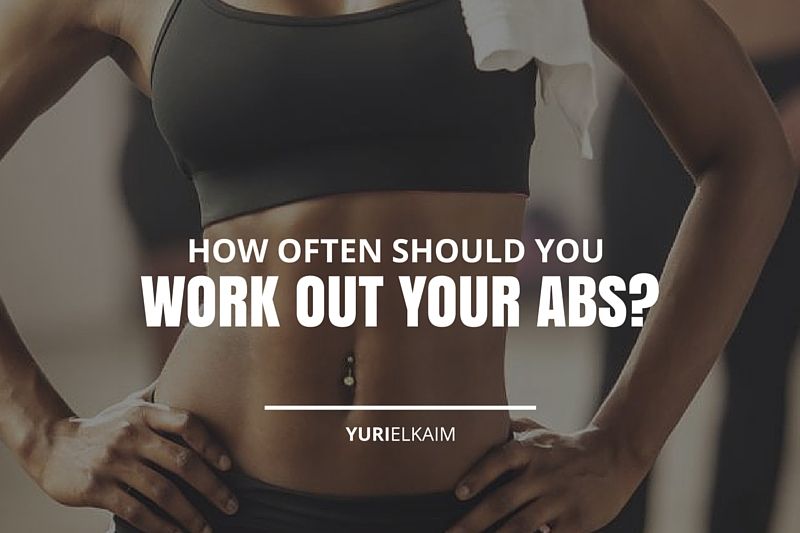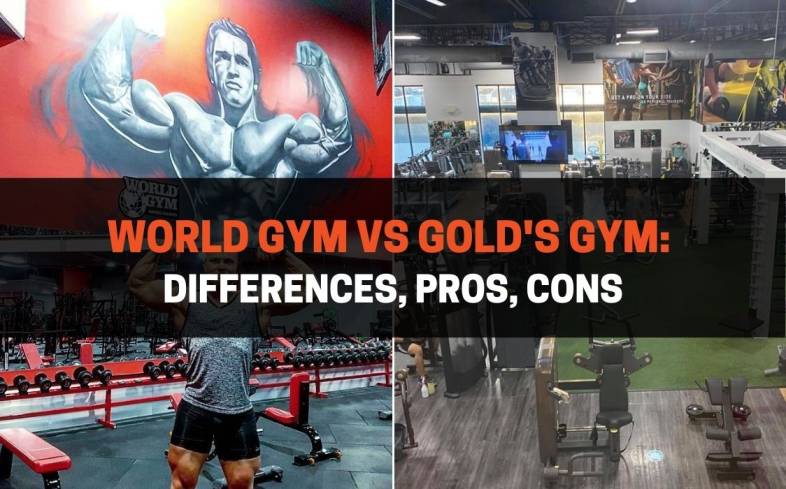
It can be challenging to fit in a 30-minute workout into your day. It's difficult to find the time to train your whole body. The leg machines can be crowded and take a while. Try incorporating squats into the routine to keep your workouts short and sweet. You can do sets of 6-8 reps, with one-minute rests. You can also use selectorized machines for training your whole body.
Full-body movements
A full-body work out is a 30-minute exercise that incorporates all of the primary movement patterns. These workouts are intended to increase strength and flexibility, and can be modified for different fitness levels. Here are three full-body workouts you might like to try.

Interval training
For those looking to lose fat and build muscle, a 30 minute interval training session can be very effective. You don't need fancy equipment or a gym membership to do it. You only need a large enough mat to do burpees. These are similar to yoga mats. This type exercise can be a great way of building strength and improving your cardiovascular health. You alternate between high and low heart rates during this workout.
Moves in compound
Compound moves are a great way to get results in a short time. These exercises are great for building muscles and burning fat. You can save time by targeting multiple muscles at the same time. Here are five of my favorite compound moves:
You should work at 80-90% maximum heart rate for 30 second.
We aren't used to working out at a high intensity. However, this is a great workout that will get you moving and help you build endurance. Working at this intensity also helps you use oxygen as cell energy. It's also difficult. To make it easier, here are some tips for keeping your heart rate up for a brief time.

Make compound moves that face heavy resistance
When time is limited and you still want to build muscles, compound moves using heavyweights may be the best option. This type is good for building muscle mass and losing weight. Complementary exercises involve alternating weights or movements. Alternating between heavy and lightweight weights will increase muscle strength and help to avoid plateauing. This type of workout is recommended for beginners and those who are not used to working out regularly.
FAQ
How does caffeine impact my sleep?
Caffeine can affect how quickly you fall asleep, and how well you sleep. Caffeine makes falling asleep easy by causing drowsiness. The downside is that caffeine keeps you awake longer making it harder for you to fall asleep again. Instead of drinking coffee or energy drinks just before bed, you might consider having them in the evening.
Which Is More Important: Exercise or Diet?
Your goals will dictate the answer. It is important to lose weight. If you are looking to build muscle mass, however, exercise is the best option. Sleep is not as important as it seems, since it has no effect on how you perform throughout the day.
What happens if there isn't enough sleep?
You can't get enough sleep and your brain will not be able to regulate hormones and chemicals responsible for controlling appetite and metabolism. You may also gain weight and overeat. Overeating can also be caused by a lack of sleep.
What are resistance training exercises?
Resistance training involves using weights or other objects to perform specific movements. For example, lifting weights strengthens your arms, shoulders, chest, back, legs, and core. Resistance training improves muscle mass, bone density and overall strength.
How many hours sleep should I get each night?
The amount of sleep that is recommended for each individual depends on their age, gender and needs. Most adults require between 7 and 9 hours of sleep each night. Teenagers and children typically need about 10 hours of sleep per night, but this number decreases as they grow older.
Statistics
- In high-income countries, 26% of men and 35% of women were insufficiently physically active, as compared to 12% of men and 24% of women in low-income countries. (who.int)
- One study showed that adults who watch more than 4 hours of television daily had an 80% higher risk of death from cardiovascular disease. (heart.org)
- Globally, 81% of adolescents aged 11-17 years were insufficiently physically active in 2016. (who.int)
- An estimated 110,000 deaths per year could be prevented (cdc.gov)
External Links
How To
How to burn belly fat faster
When trying to lose weight, belly fat is often viewed as a problem. When you stop and think about it, Belly Fat can actually be a blessing. Your organs will be protected by the amount of belly fat. Let's find out how to lose belly fat quickly.
Stress and inactivity are two of the major factors that cause us to store body fat. Because of its stimulation of the production hormone cortisol, stress can make us feel hungry continuously. Cortisol can increase insulin levels in the blood. The excess calories are stored as fat by insulin. The release of adrenaline from our bodies causes increased appetite. These extra calories can be broken down by exercising.
There are many methods to lose belly fat. You can choose to try any of these options, depending on your budget. Here are some quick tips to get rid of belly weight.
-
Eat less food. Instead of eating three large meals per day, try to eat smaller meals. You will eat less calories in general.
-
Drink plenty of fluids. Water flushes out toxins and keeps you hydrated. Water before each meal can help you feel fuller longer and reduce your appetite so that you don't overeat.
-
Avoid unhealthy snacks. If you're looking for quick fixes, snack foods like chips, cookies, candies, etc. These tempting snacks might look appealing. These sugary treats have lots of empty calories so avoid them. Choose healthy alternatives like fruits and vegetables, nuts, seeds, whole grains, and seeds.
-
Strength training should be done at least three times per week. Strength training increases muscle mass, which can help you burn more calories while still resting. It strengthens bones muscles ligaments, tendons and the heart.
-
Move regularly and stretch. Stretching improves flexibility and mobility which can reduce back pain. Walking is great for burning calories, especially brisk walking for 30 minutes.
-
Reduce alcohol intake. Reduce alcohol intake. Alcohol is a waste of calories and has no nutritional value.
-
Reduce your weight gradually. Your current weight is the first step to losing weight. Next, calculate your ideal weight by adding between 5% and 10% to your total body weight. Once you have determined your ideal weight, you can start to reduce your calorie intake by 500-1000 calories per day until you reach it.
-
Avoid processed foods. These foods have high amounts of salt, sugar, and preservatives. While processed foods can be convenient, they don't offer enough nutrients to ensure your health.
-
Don't skip breakfast! Breakfast is good for your concentration, memory, and energy. You should have protein (such as eggs) and fiber (such as oats) for breakfast.
-
Have regular bowel movements. Bloating and gas can be caused by irregular bowel movements and constipation. Increase your fiber intake and drink lots of water.